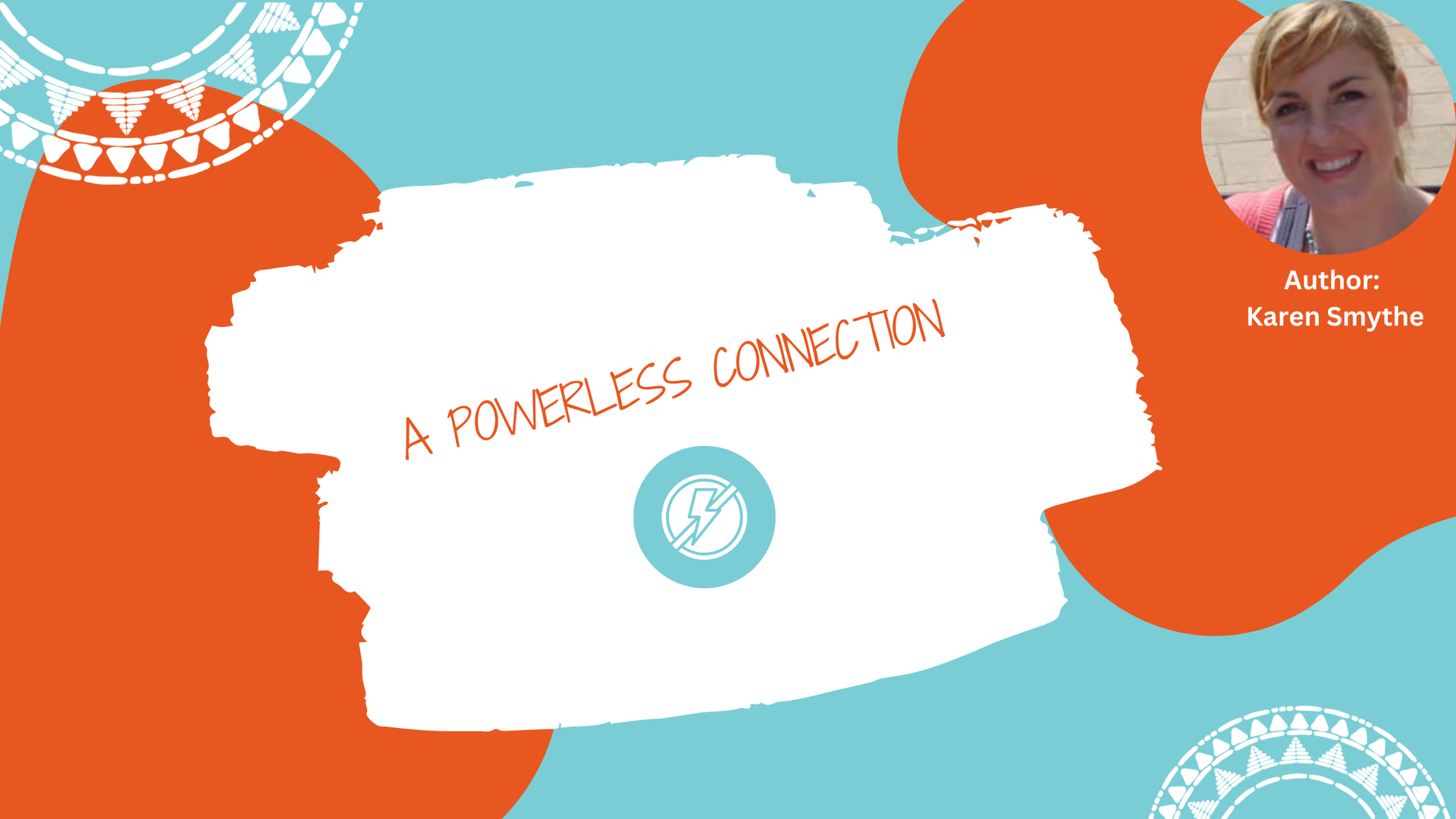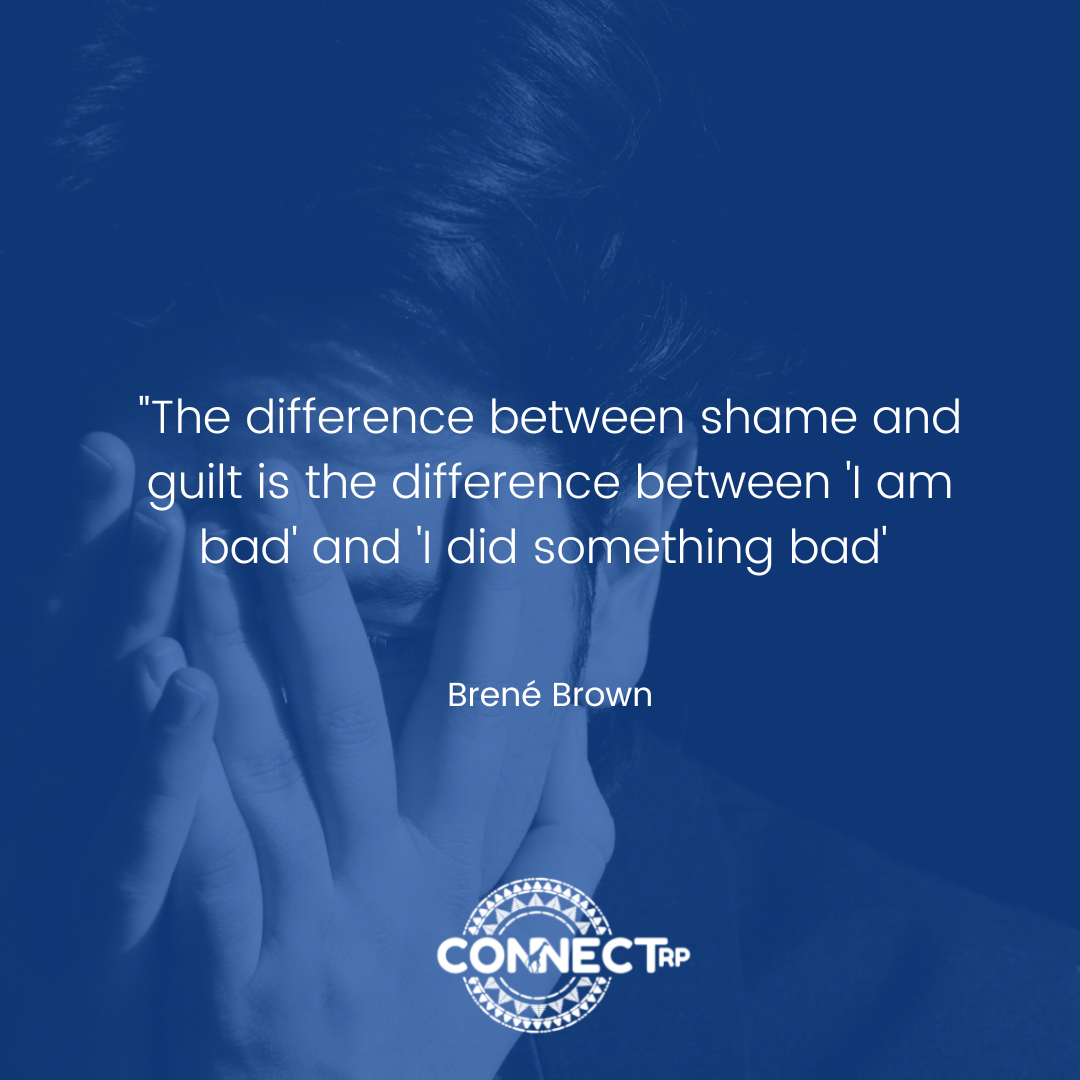
Shame is ‘I am bad’, guilt is ‘I did something bad’. Shame is ‘I am a mistake’ whereas guilt is ‘I made a mistake’!
Shame is the intensely painful feeling or experience of believing that we are flawed and therefore unworthy of love and belonging (Breńe Brown). Guilt, on the other hand, is when we feel bad about something we may or may not have done. We know that guilt, as opposed to shame, occurs when we are connected to our values. It is when we hold what we have done or failed to do, up against who we want to or indeed believe we can be and it doesn’t feel good (Brown 2013). It can be uncomfortable but it is highly adaptive. This is what inspires connection to our true selves, to our values, and to others; this is what motivates authentic apologies and a desire to make amends.Whereas shame corrodes the part of us that believes we can change!
Is it ever helpful for people to feel shame?
In short, No!
Shame is very deep, damaging and can have life-long consequences. It is corrosive to a positive sense of self, which is exactly what we need to know, to live, in order to positively contribute to ourselves and our communities. Shame is highly correlated with violence, addiction, bullying and aggression. Shame is far more likely to cause misbehaviour than to cure it yet the culture and punitive systems that we operate within often dictate and encourage shaming responses to such behaviour by criticising, or imposing punishments TO them that usually just sponsor blind resentment instead of recognition of values; armoured defense instead of open reflection, and shame cycles instead of healing connections.
Sometimes, as loving parents or caring educators, we unconsciously contribute to poor behaviour by shaming people who may have caused harm or done wrong. Our intention, of course, is to support the people in our care to do better, to teach the young people the difference between right and wrong, but to do this we must learn to separate the behaviour from the person, only then can we allow someone who has caused harm the opportunity to connect to their own values and goodness in order to do better.

Children, human beings, will ultimately become what they feel about themselves. Saying ‘you are a disgrace’ may be an obvious shaming declaration but there is also a world of difference between the statements ‘you are bold’ versus ‘that behaviour is bold/not OK”; the former is about the inner self while the latter is about the external action.
In Daring Greatly, Brené Brown, who is a shame and vulnerability researcher, reminds us of what we may intrinsically know already; that shame corrodes the part of us that thinks we can change. So to shame someone into changing is like saying “you are horrible and worthless and incapable of change….. now get better” (Brown, 2013). We must believe that we are capable of doing better in order to actuate that desire.
What Do People Do When they Feel Shame?
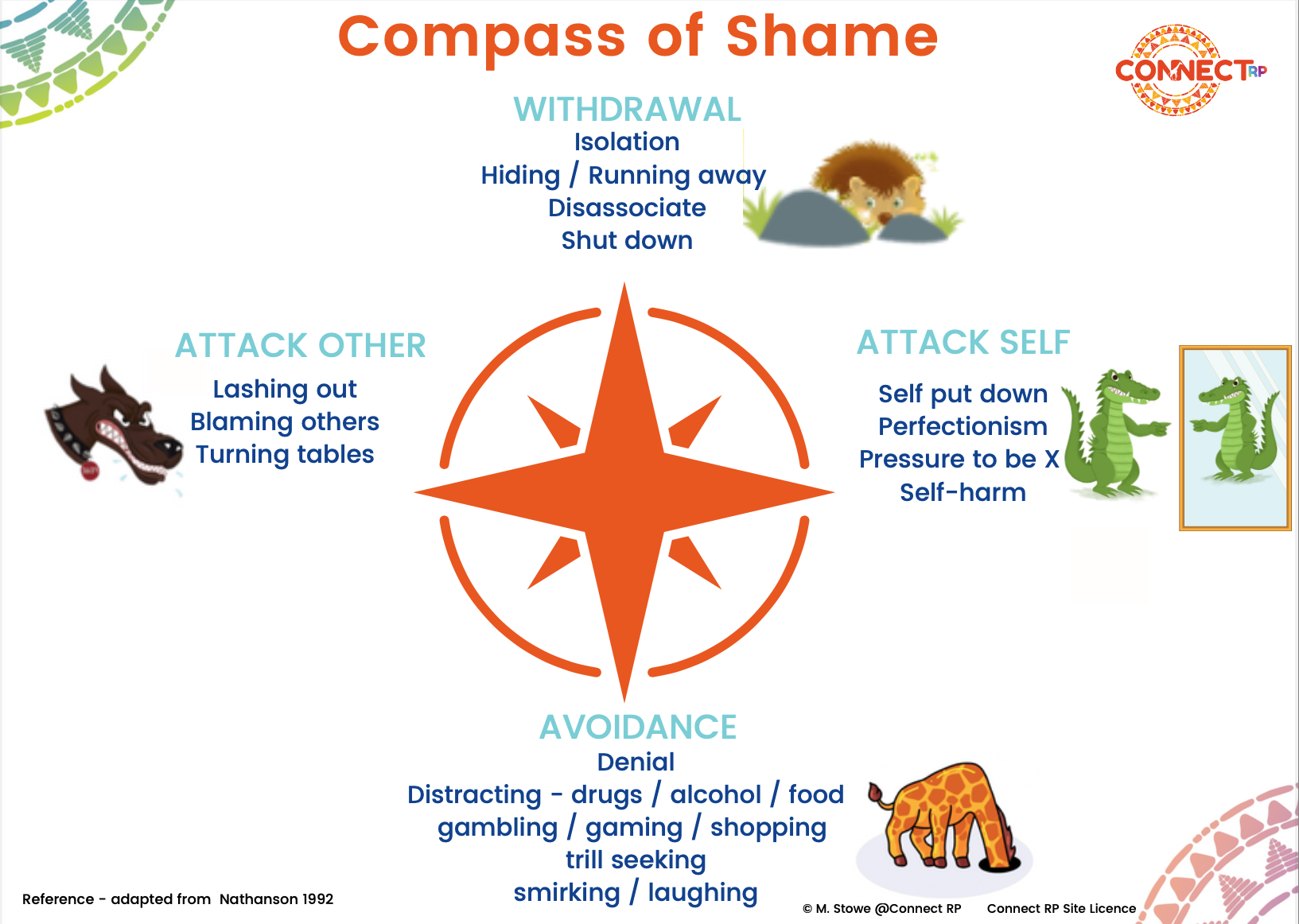
We hide, we attack ourselves or others, we avoid, and most importantly we are disconnected from the part of us that believes we can change. The Compass of Shame, adapted from Nathanson 1992, illustrated here using the restorative animals from Connect RP’s RP for Students programmes, helps us to understand the impact of this feeling and how it may show up in our classrooms, living rooms or boardrooms. It is a helpful frame to consider when understanding misbehaviour.
Reflecting on behaviours through the Compass of Shame really allowed the teachers in my action research study to not take students’ misbehaviour personally, to understand that it may very well be about the student’s sense of self. It allowed us to separate the act from the actor, the deed from the doer, and to open up new capacities of understanding and empathy which create a more fertile ground for connection and change.
So, rather than perhaps limiting our understanding of a person by cementing them to a label by saying ‘They/He/She is such an X’ or ‘They/She/He is just Y’, this new consideration of the effects of shame allowed us to now refer to and explore their actions instead, emphatically considering what the unmet need might be, and then focussing on our circle of influence instead of a tiresome circle of concern (Covey 2004)
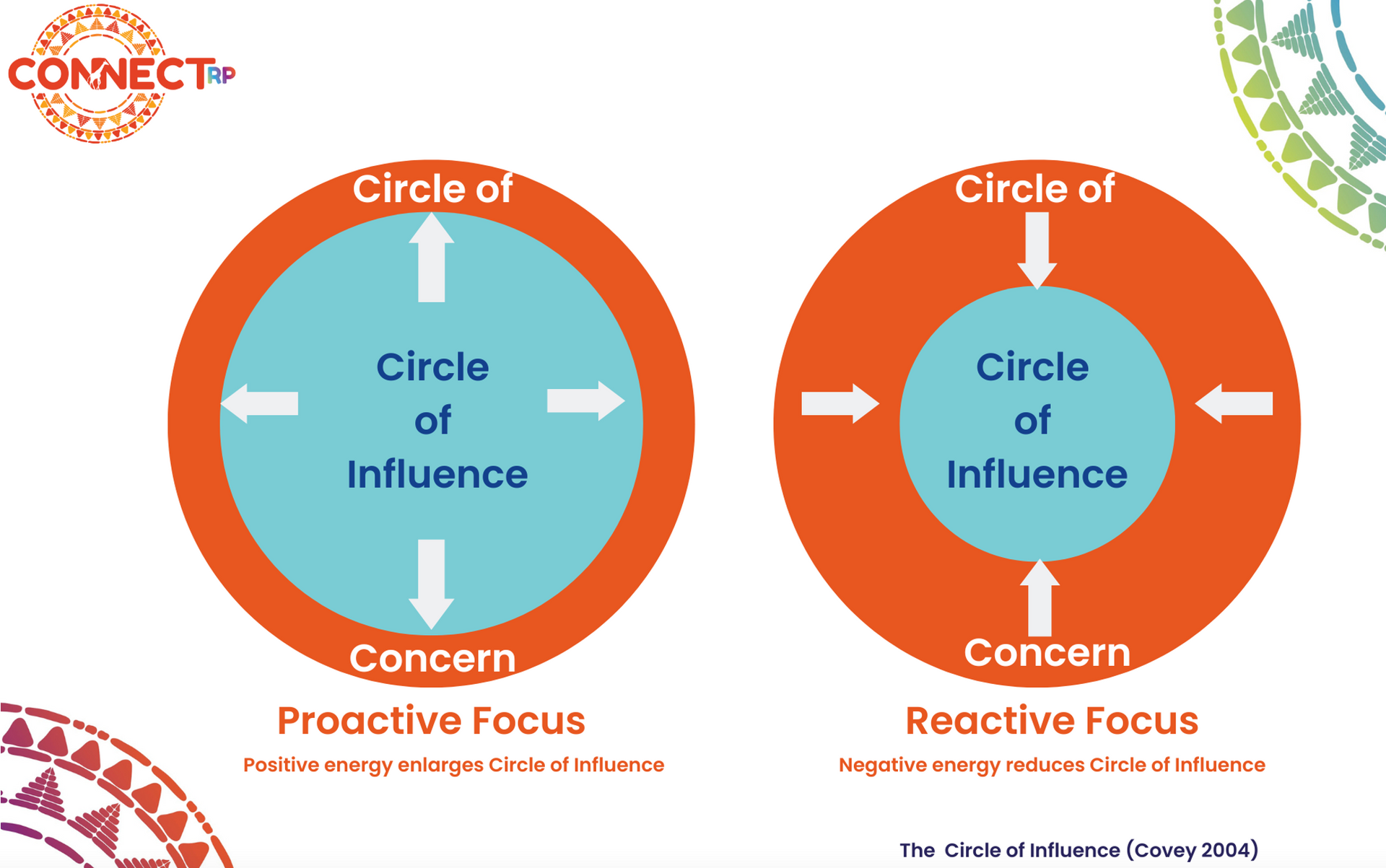
It is essential to understand that the antidote to shame is empathy and connection not detention & punishment! Marg Thorsborne, author, consultant and keynote speaker at our 2023 e-Conference (you can see highlights on our
e-Conference page here) reminded us of the following:
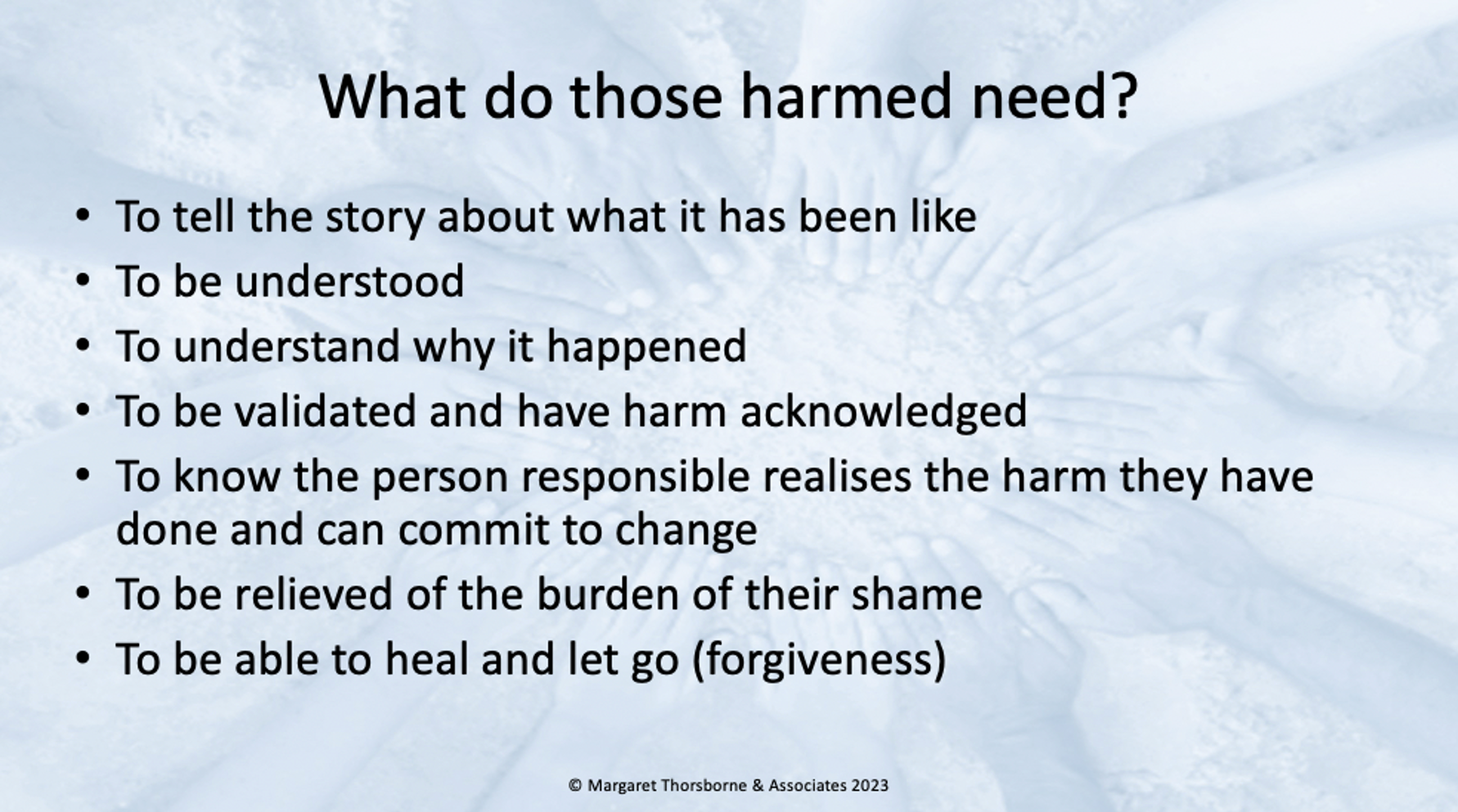
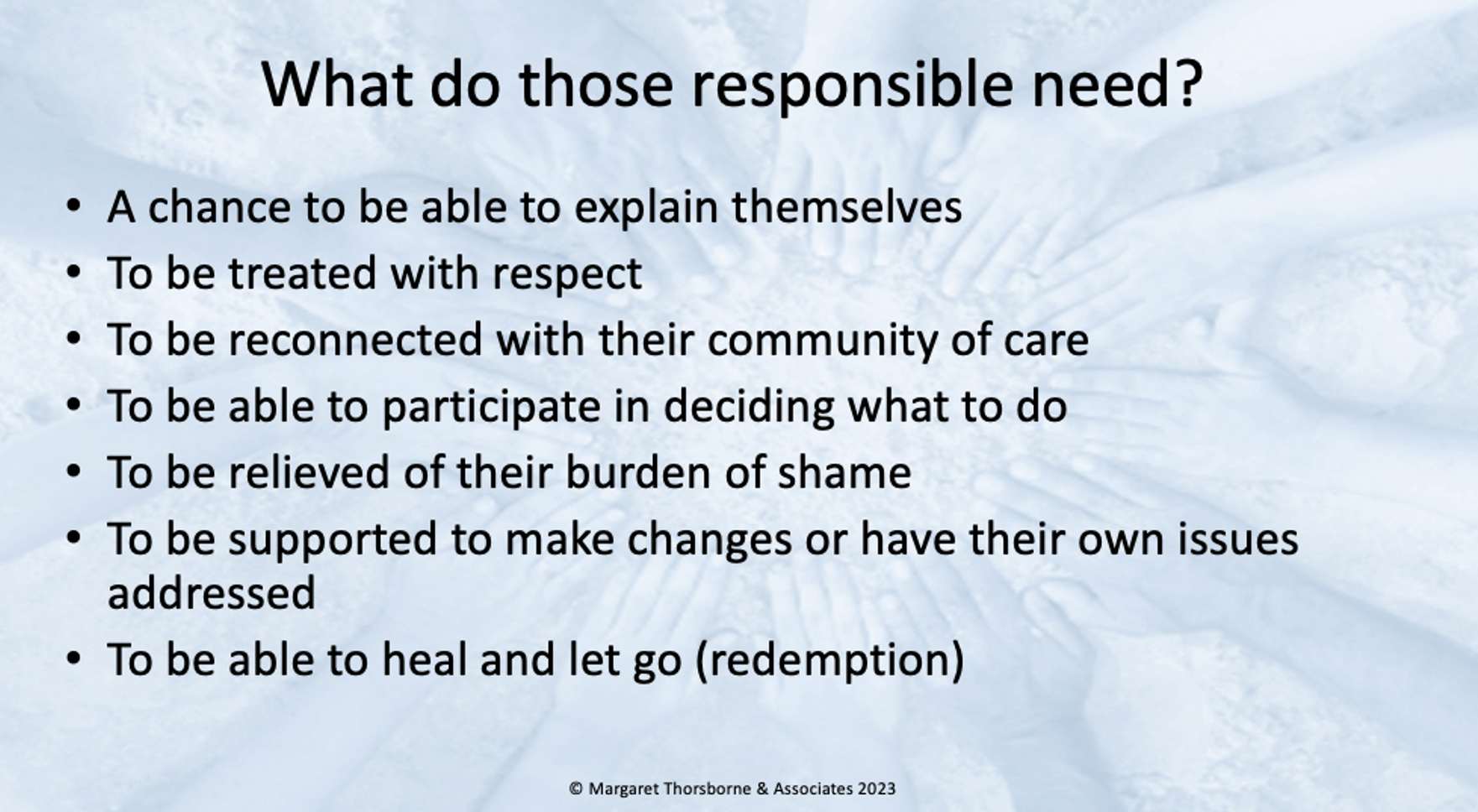
So What Can Move Us from Shame to Empathy?
Brené Brown’s extensive research in this area outlines that it is the power of vulnerability that moves us from each end of this spectrum (Brown 2013). The vulnerability to share authentically when feeling the shame gremlins creep in and instead of lashing out or withdrawing, saying:
‘I’m worried that I won’t be able to do this and people will laugh at me’ as opposed to ‘I couldn’t give a sh*t about this test anyway’,
but what conditions would be necessary to allow such an honest share?
As educators, it’s the vulnerability of holding the intention to connect instead of raging against destructive behaviours driven from the Compass of Shame, even though we may be no longer guarantee the outcome,
‘I feel frustrated about what happened in class as I was revising the lesson because you were absent, now I am thinking maybe you were frustrated too because you were missing the 1st time, what happened from your perspective?’ as opposed to ‘How dare you mess when I was going over the key elements for you, you’re irresponsible and a distraction for others in the class’
Here we are moving away from the certainty of a punishment – after all what does this guarantee anyway? We will never punish shame out of someone, there are not enough detentions in the world to help us feel less inherently flawed or inherently worthy of love and belonging.
The vulnerability is about the risk of seeking the best in others rather than being comfortably certain of their limiting label. We need to, when dealing with shame, be vulnerable enough to treat people with their potential and not just their past in mind. This is where the light gets in!
What Do You See in the Picture?

A parrot?
How do you know? The colour, the beak, the tail….?
But what if I invited you to see the dancer? Can you now see the arm wrapped around the white face and the outstretched leg? The point is that once we have decided that it is a parrot, this is all that we see. RP invites us to challenge our assumptions, to look closely at the destructive behaviours we witness, and at times demonstrate ourselves; and instead try to seek and then find the best within ourselves and others. The parrot is a reminder that if we change the way we look at things, the things we look at change and RP can offer this transformative power.
We recommend that you print our Compass of Shame image off and have it to hand as a visual reminder when reflecting on the students we find the most difficult to connect or engage positively with (perhaps placing a copy in your teacher diary / at your care team, year head or Bee RP Hive gatherings).
One thing that allowed teachers in my research to maintain their empathic bond when reflecting on their Student X, the students most ‘in struggle’, was to reflect on the invitation to consider what they might say if they could express themselves in a healthier way…
… I’m never going to succeed anyway so why bother, I feel lost?
… I’ll get you before you get me because I am afraid to be undepended…
… I can’t read well so I will do anything I can not to be exposed..
… I feel so hurt and crap about myself, I just pass that on/shut down to numb the pain…
… I have to be perfect at this or I’m not good enough so I’ll stay up until 2am just make sure…
… I scream, shout and laugh at others as I’ve yet to learn another way to communicate and I am afraid what will happen if I lose power over them
…What might the student you find the most difficult to connect with and that springs to mind when reflecting on our Compass of Shame, say if they knew how…. if they had the words, knowing, safety or opportunity to do so?
If you are in a Connect RP School please look at Lesson 6 of Restorative Me ‘Shame Gremlins’ to explore this further. Otherwise, you may be interested in our RP Mentor Belonging Programme for schools to proactively promote connection in schools or if you are interested in developing your own skills and processes that move us away from shaming approaches and cultivate empathy you may be interested in our one of our Saturday Hybrid upcoming workshops .

